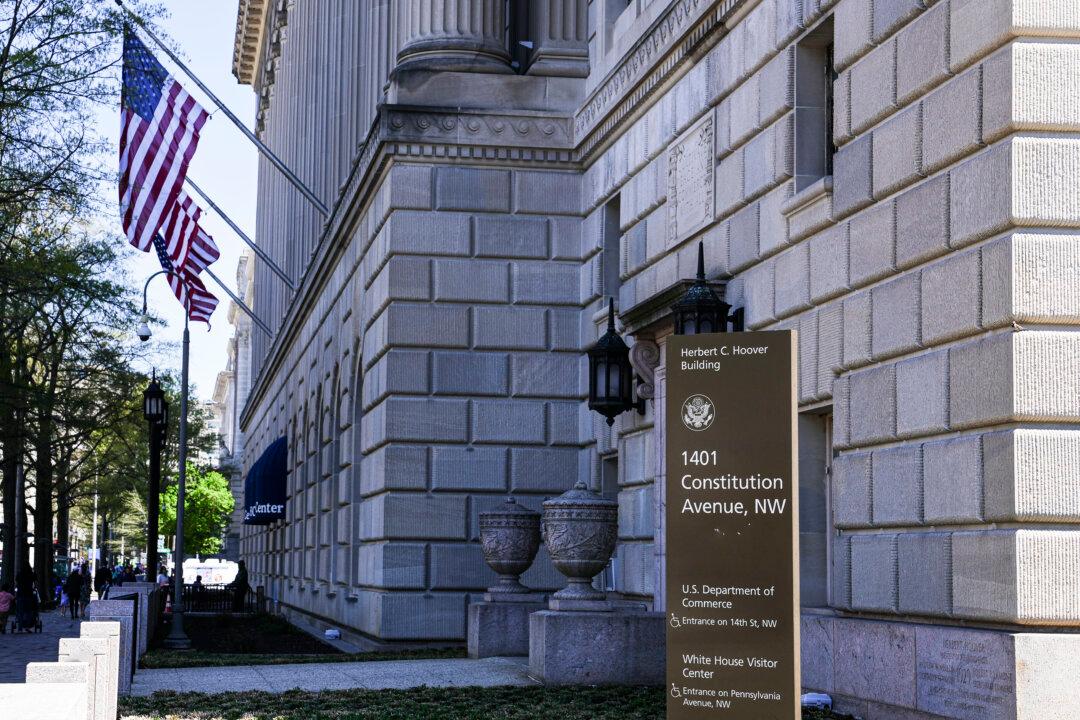Commentary
Economic activity in the first quarter disappointed. Real gross domestic product (GDP) grew at a paltry 1.1 percent annual pace between January and March.

Economic activity in the first quarter disappointed. Real gross domestic product (GDP) grew at a paltry 1.1 percent annual pace between January and March.